Scores




Recording and maintaining a personal logbook of operations completed is an essential part of surgical training and governance. For surgical trainees, maintaining a logbook is an essential part of assessments. For consultants, this task is optional, however, it could be an essential part of revalidation process in some countries, for example in the United Kingdom.
Most surgeons and trainees use different methods to accomplish this task, from a notebook to a pile of paper cards, to a hospital EMR systems.
Thanks to the development of mobile technologies, many surgeons nowadays use smartphone apps to maintain a personal record of operations completed.
Surgeons of all grades and all specialties in the United Kingdom and Ireland use the Pan-Surgical Logbook, which is available on a website and used by more than 30,000 surgeons. This tool can be also used by other surgeons located elsewhere.
Since 2011, this electronic logbook has been available as a free app for iOS and Android devices.
The Mobile eLogbook app is designed exclusively for Pan-Surgical Electronic Logbook users allowing them to enter operative data into their mobile devices, as soon as the surgery is over.
So, the first thing to do after opening the app would be to add a 5-digit pin number (you can add whatever numbers you want for the security) and then log in with your eLogbook credentials, including unique username given by the website and the password you created.
If you don't have an account, you'd be required to register one. However, this cannot be done in the app. You'll need to go to the Pan-Surgical Electronic Logbook website[1] and create your account there.
Once you finished adding your credentials, such as your grade, specialty, National registration number, and so on, you'd receive a unique ID to use for the app login.
The app would then automatically retrieve all your data and credentials from the website, but you can edit them in the settings at any time.
One of the disadvantages of the login is using the PIN instead of the password for easier access. While it's more convenient way to enter the app, the PIN cannot be retrieved. So, if you forgot it, you'd also have to delete the app and reinstall it, which would also affect all stored data, i.e. it would be lost.
The app's main page is empty. You can enter data simply by tapping on the plus symbol and then add entries including Patient ID and DoB, date of operation, urgency and type of the operation, your role, ASA grade, etc.
Once the details about the operation have been entered, users can save them or add another procedure on the same patient. Users can also add notes about the surgery or possible complications.
All the operations recorded will be visible on the main page with patient ID, date, and type of surgery listed. If you tap on Upload, they would disappear once you have the Internet access. That's right.
The Mobile eLogbook app serves solely as a data exporting service to the eLogbook website. Once you hit the upload, your logs won't be available in the app, but you can find them on the website.
While this is a useful feature for surgeons who are using the eLogbook website on a regular basis, it would be much better if there's a section in the app with all uploaded logs that users can empty and view to avoid confusion or double entries.
The Upload feature is available on a free 28-day trial subscription. Once this period expires users are required to purchase an annual subscription for $9.99 in order to be able to continue to upload their logs. In my opinion, this is a bit much considering the simplicity of the app and its purpose.
Another problem with the app is that users are required to add the hospital where the surgery has been performed if they want to save the log. However, not all hospitals are listed here, and the users don't have the option to add their own working place or to contact developers to add more hospitals in the app.
Overall, Mobile eLogbook app is useful for surgeons and trainees who want to log the details about the operation as soon as the surgery is over, but don't have the instant access to their eLogbook account on a PC. The app allows them to log all operations completed at once and upload them to the eLogbook website when they have access to an Internet connection
Benefit: Surgeons and trainees who want to log the operations would find this app useful
Verdict:
For- Easy to use and navigate
- Allows adding logs quickly
- Automatically synchronizes the data and updates
- Once uploaded, the logs disappear from the app
- Option to save log requires adding a hospital, but not all hospitals are available
- After a free 28 day trial, Upload feature needs to be purchased
- If you forgot your login PIN, the app needs to be reinstalled, which causes data loss


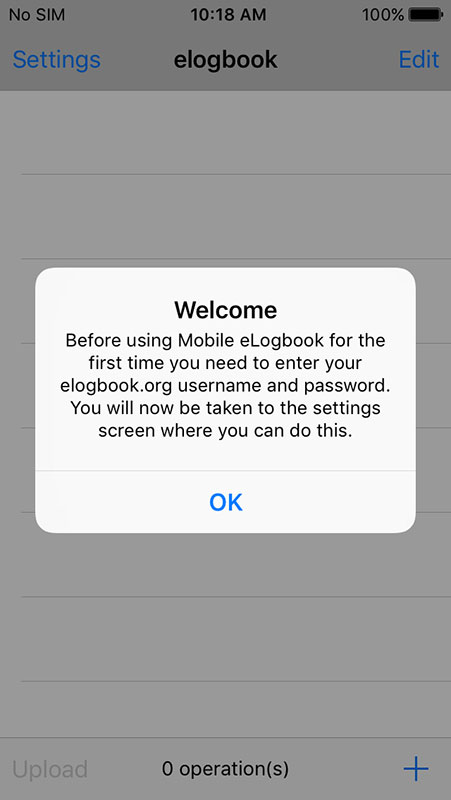
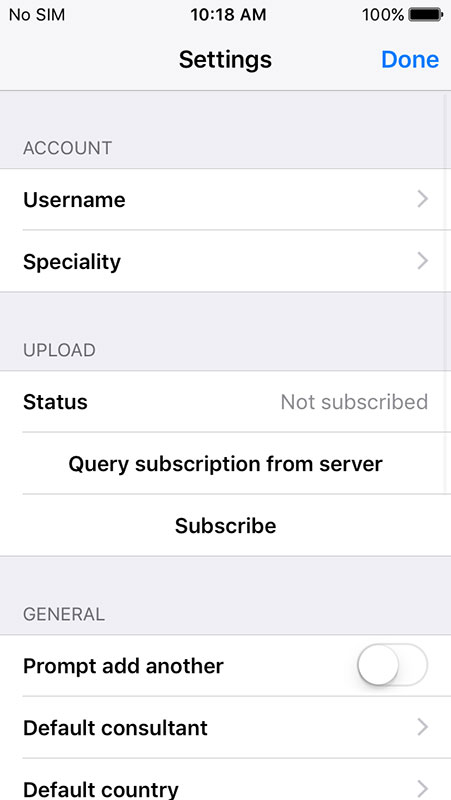
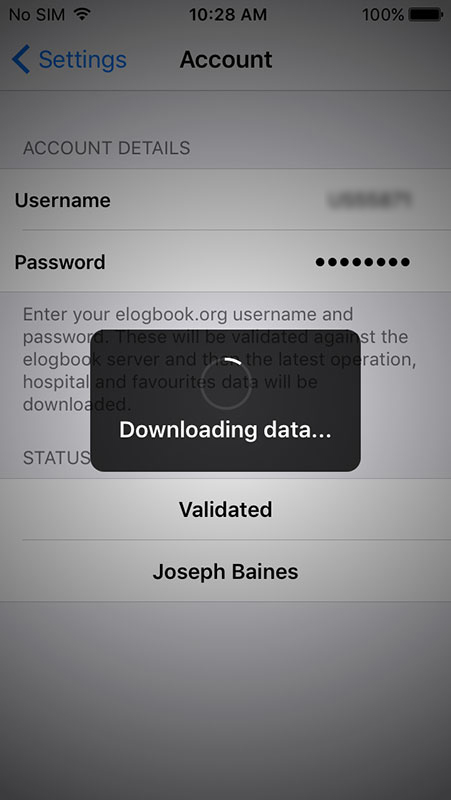
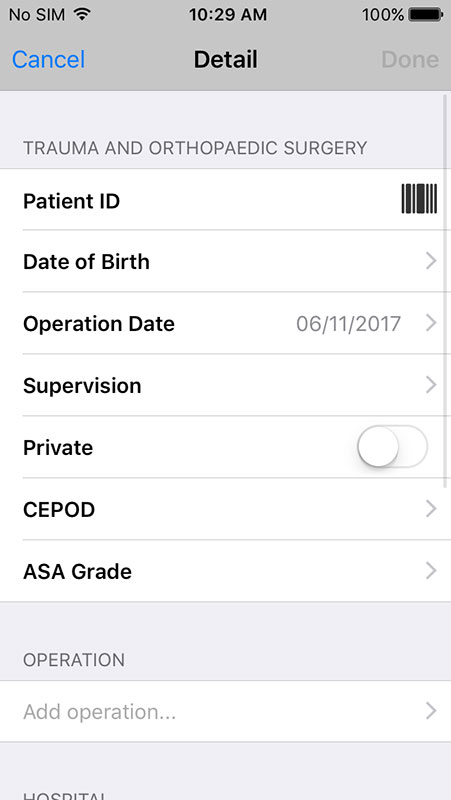
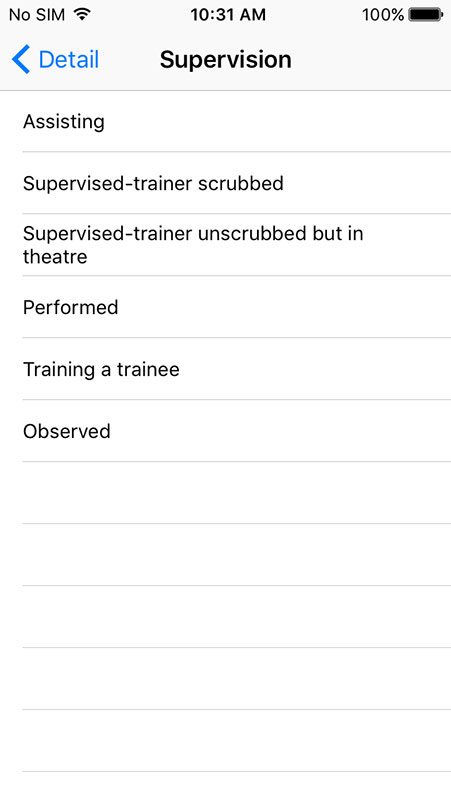
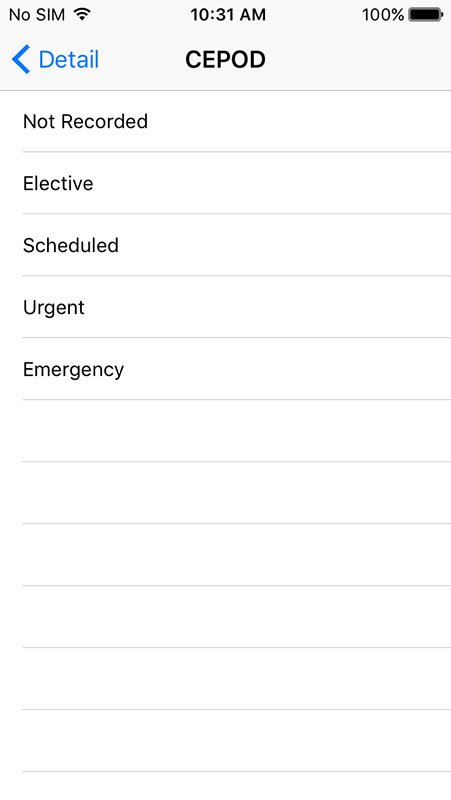
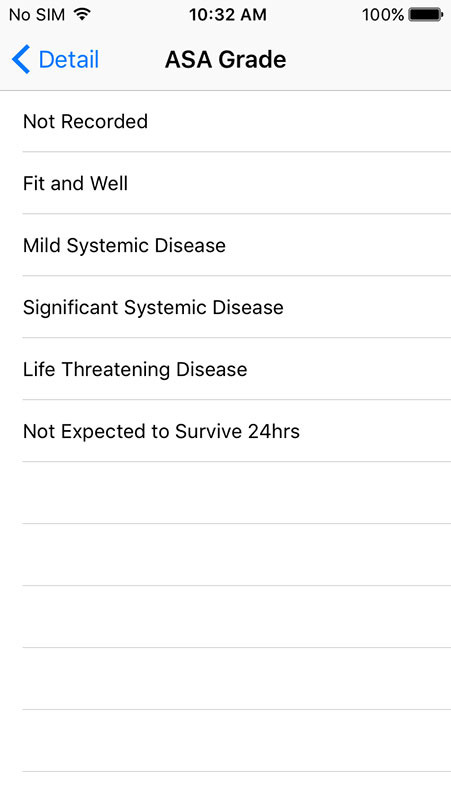
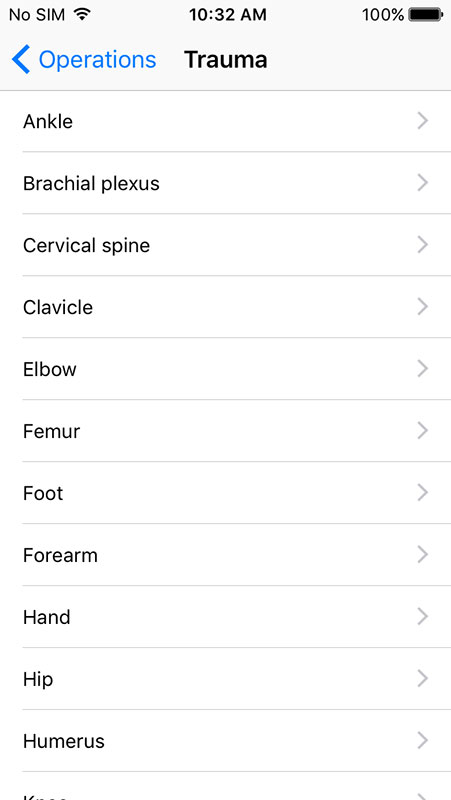
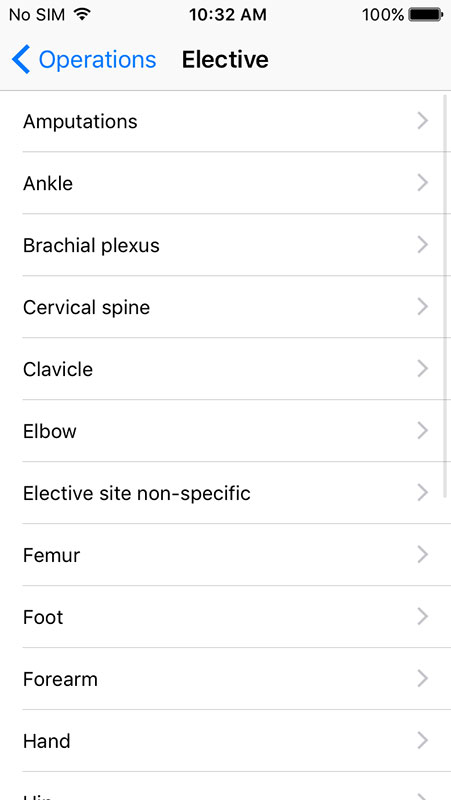
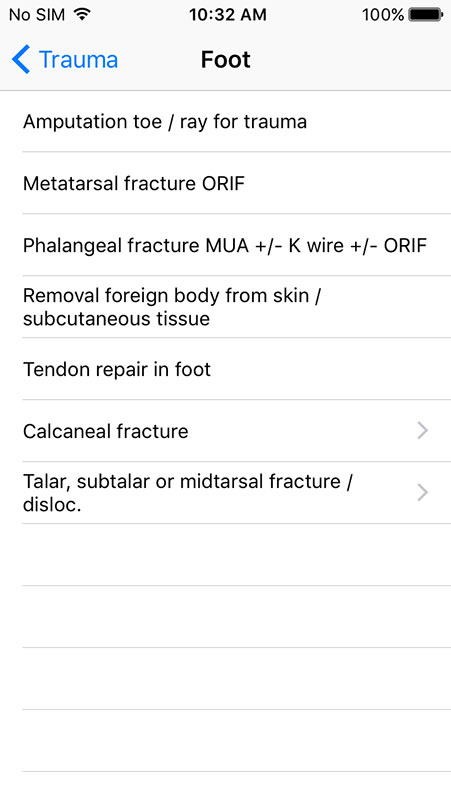

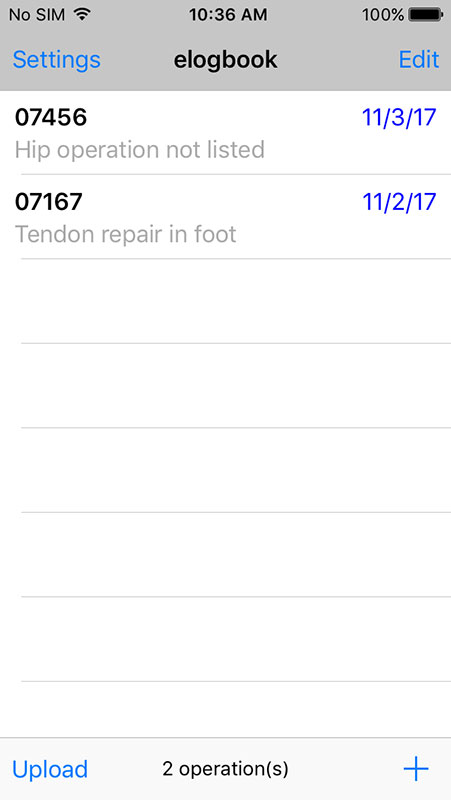
















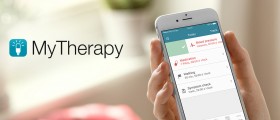










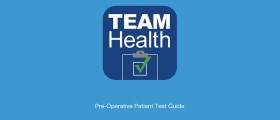


Your thoughts on this
Loading...